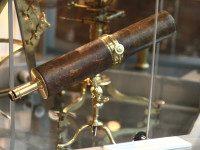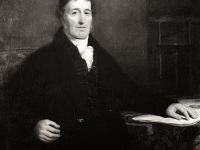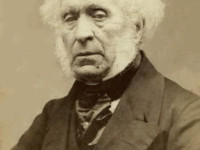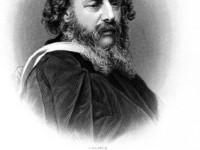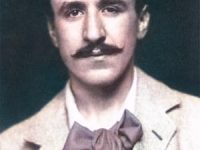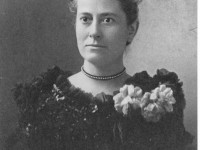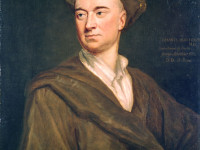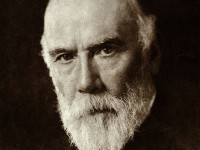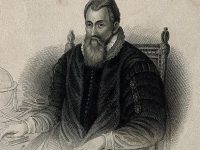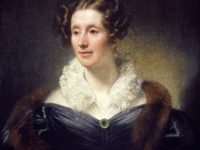James Gregory and the Gregorian Telescope
In November 1638, Scottish mathematician and astronomer James Gregory was born. Gregory described an early practical design for the reflecting telescope – the Gregorian telescope – and made advances in trigonometry, discovering infinite series representations for several trigonometric functions. James Gregory – Youth and Education James Gregory was born at Drumoak, Aberdeenshire, UK, the youngest of the 3 children of John Gregory, an Episcopalian Church of Scotland minister. Initially he was educated at…
Read more

